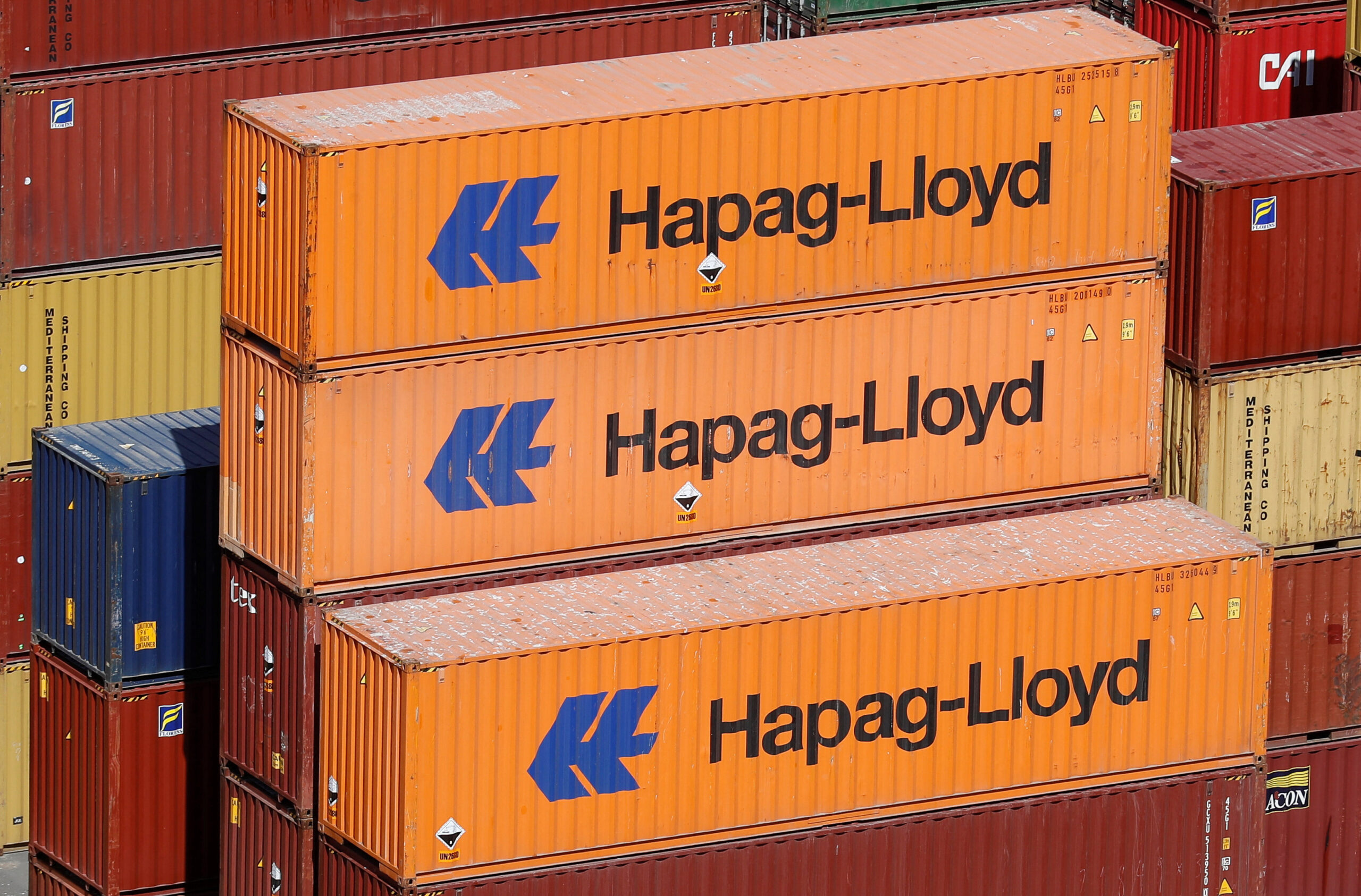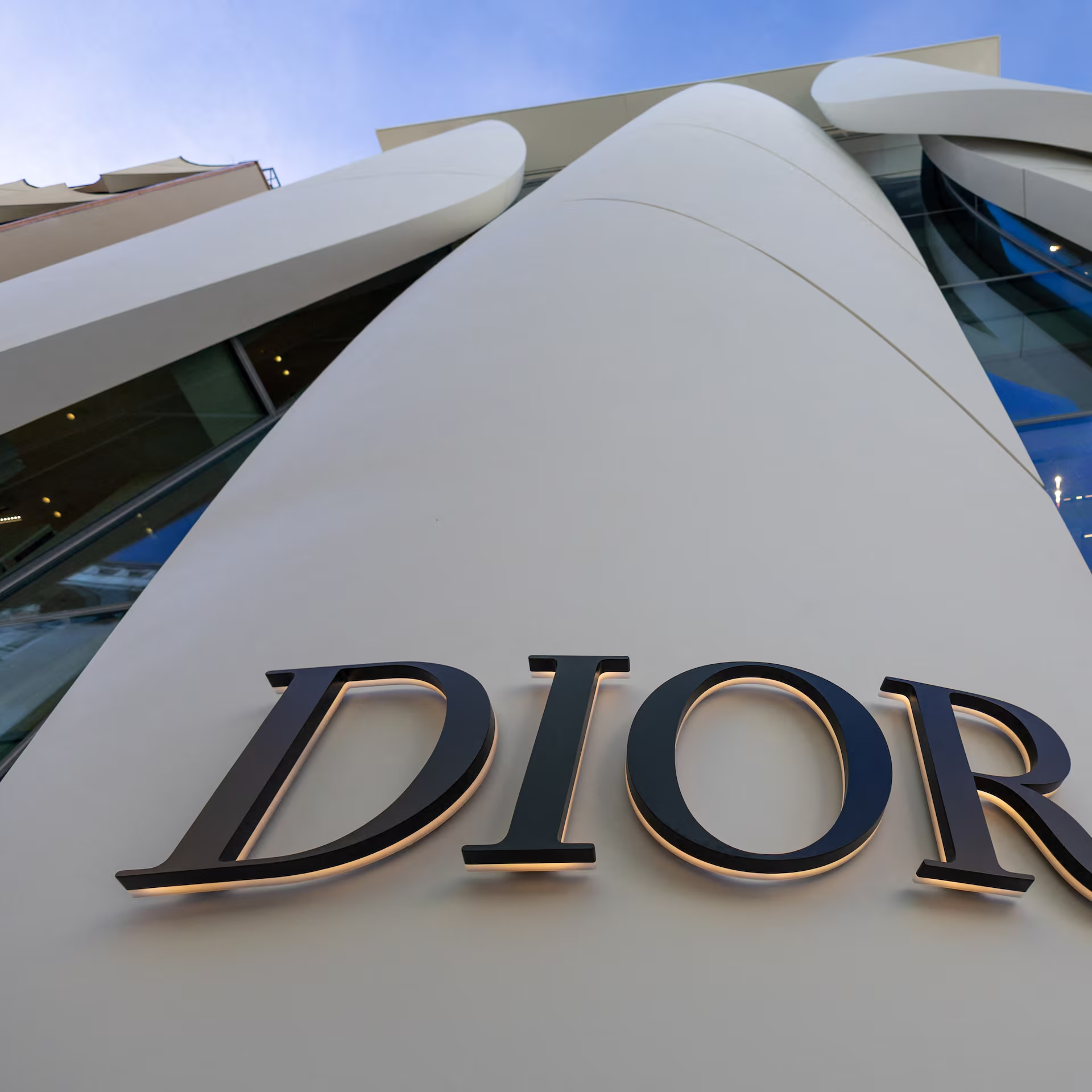Hapag-Lloyd AG (ETR:HLAG), one of the global container shipping sector’s most strategically agile players, is navigating a complex 2025 landscape marked by Red Sea reroutings, U.S. tariff uncertainties, and volatile freight rates. The company has responded with aggressive cost-cutting measures, network reliability improvements, and strategic investments aimed at sustaining margins while positioning for long-term growth.
Operational Resilience: Cost Optimization and Network Reliability
Despite a strong start to the year—with Q1 revenue up 15% year-over-year and H1 volumes rising 11%—Hapag-Lloyd faced margin pressures in Q2. EBITDA fell to $1.9 billion, while group profit declined 2% to $0.8 billion, impacted by rerouting costs around the Cape of Good Hope, port congestion, and integration expenses from the Gemini alliance.
To offset these challenges, the company launched an 18-month $1 billion cost-reduction program, targeting rising unit costs, which reached $1,317 per TEU in H1. The strategy leverages digital procurement tools, improved vessel productivity, and streamlined SG&A operations. At the same time, the Gemini network achieved 90% schedule reliability—a 10% improvement over 2024—reinforcing Hapag-Lloyd’s commitment to consistent service amid disruptions.
Guidance and Strategic Outlook
Hapag-Lloyd narrowed its 2025 guidance, projecting Group EBITDA of $2.8–3.8 billion and Group EBIT of $0.25–1.25 billion. The EBITDA margin range of 6.7%–8.9% reflects structural headwinds, while the EBIT margin of 0.6%–3.0% underscores the balancing act between volume growth and rate compression.
The narrowed guidance also signals opportunity for investors, with $5.9 billion in cash at the end of Q1 providing a buffer against market volatility. Strategic investments in dual-fuel vessels, green methanol, and terminal expansion align the company with decarbonization trends and sustainable financing opportunities.
Managing Geopolitical Risks
Red Sea reroutings and U.S. tariffs remain significant external challenges. Adjusted fleet capacity requirements and potential impacts on U.S.-bound demand underscore the importance of Hapag-Lloyd’s diversified operations. Investments in terminals, including the Santiago facility in Chile, and a 62% equity ratio enhance resilience against trade-specific shocks.
Investment Perspective
For long-term investors, Hapag-Lloyd combines short-term pragmatism with structural innovation. A 6.67% dividend yield provides income stability, while disciplined cost reductions and network improvements could drive EBITDA toward the upper end of guidance. The company’s Strategy 2030 roadmap—focused on fleet modernization, terminal growth, and digital transformation—positions it to capitalize on post-crisis demand shifts.
Monitoring the $135.30 support level will be critical for assessing investor confidence. Sustained execution of cost-saving measures and operational reliability improvements will determine whether Hapag-Lloyd can turn near-term volatility into long-term profitability.
Conclusion
Hapag-Lloyd’s approach illustrates how adaptability and disciplined execution can mitigate geopolitical and operational risks. By combining cost efficiency, strategic investments, and customer-focused network reliability, the company provides a compelling blueprint for resilience in the global shipping industry.
Partner With Us
Want to feature your brand, business, or service on 365247 — Whether you’re looking to sponsor, collaborate, or build presence within our ecosystem, we’d love to explore it with you.
Submit your Interest Here
IMAGE: Reuters


